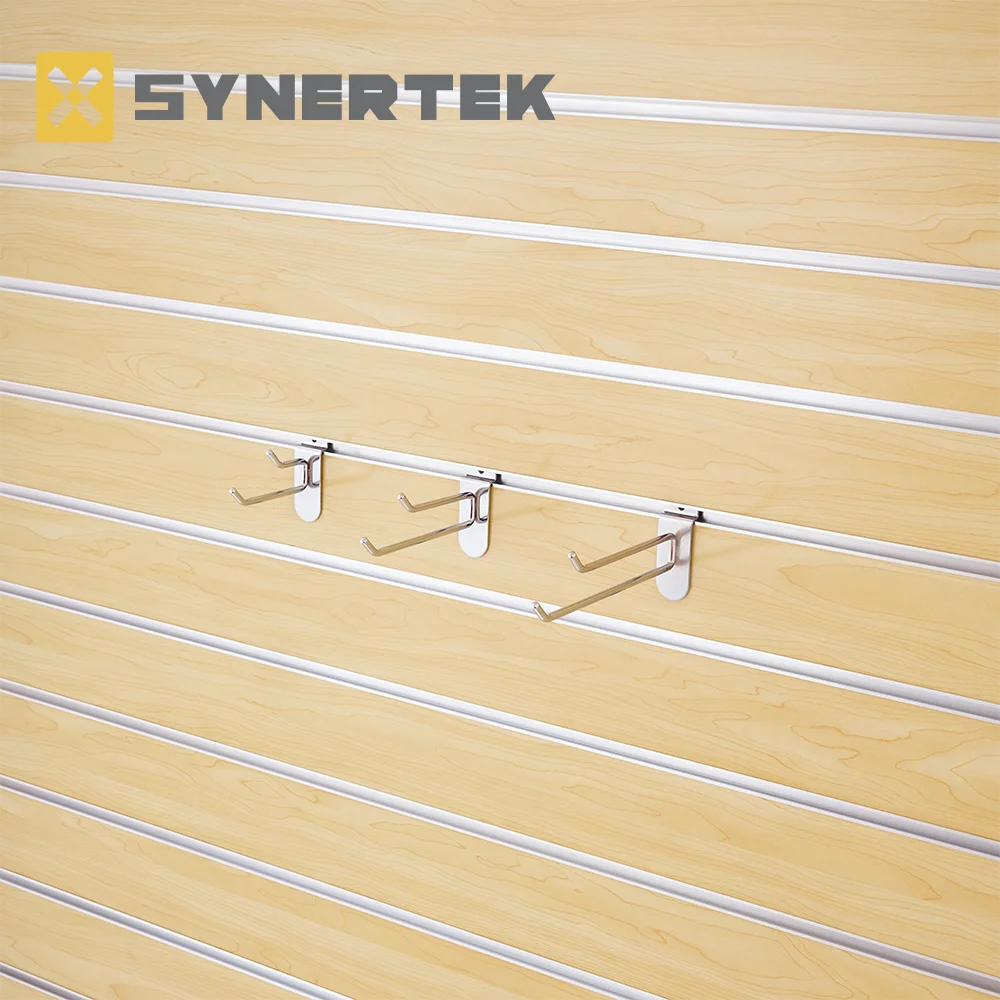When it comes to safeguarding your home from the elements, one of the most critical aspects is ensuring that your exterior walls are waterproof. Water intrusion can lead to a myriad of problems, including mold growth, structural damage, and decreased energy efficiency. Therefore, understanding the best methods for waterproofing exterior walls is essential for homeowners and builders alike. In this article, we will explore advanced techniques, materials, and best practices to achieve optimal waterproofing results.
Understanding the Importance of Waterproofing
Before delving into the methods, it’s crucial to understand why waterproofing is necessary. Exterior walls are constantly exposed to weather conditions, including rain, snow, and humidity. Over time, these elements can penetrate the wall structure, leading to deterioration and costly repairs. Effective waterproofing not only protects the integrity of the building but also enhances its aesthetic appeal and longevity.
Key Factors to Consider
- Wall Material: The type of material used for exterior walls significantly influences the waterproofing method. Common materials include brick, concrete, wood, and stucco, each requiring specific treatments.
- Climate: The local climate plays a vital role in determining the waterproofing strategy. Areas with heavy rainfall or extreme temperature fluctuations may require more robust solutions.
- Building Design: Architectural features such as overhangs, drainage systems, and landscaping can affect water runoff and penetration. A thorough assessment of these elements is essential for effective waterproofing.
Advanced Waterproofing Techniques
- Liquid Waterproofing Membranes
Liquid waterproofing membranes are a popular choice for their versatility and ease of application. These products are typically applied as a liquid and cure to form a seamless, flexible membrane that adheres to the substrate. They are ideal for irregular surfaces and can accommodate minor structural movements.
- Application: Ensure the surface is clean and free of debris. Apply the membrane using a brush, roller, or spray, ensuring even coverage. Multiple coats may be necessary for optimal protection.
- Benefits: Liquid membranes provide excellent adhesion, flexibility, and resistance to UV rays and extreme temperatures.
- Cementitious Waterproofing
Cementitious waterproofing is a robust solution often used in commercial applications. This method involves applying a cement-based mixture that creates a waterproof barrier on the wall surface.
- Application: Mix the cementitious product according to the manufacturer’s instructions and apply it using a trowel or brush. It’s crucial to ensure proper curing to achieve maximum effectiveness.
- Benefits: This method is highly durable, resistant to chemicals, and can withstand high water pressure, making it suitable for basements and below-grade applications.
- Bituminous Coatings
Bituminous coatings, often referred to as asphalt coatings, are another effective waterproofing solution. These coatings provide a thick, protective layer that is particularly effective against water intrusion.
- Application: Apply the bituminous coating with a brush or roller, ensuring complete coverage. It’s essential to allow adequate drying time between coats.
- Benefits: Bituminous coatings are highly resistant to water and can also protect against corrosion and chemical damage.
Best Practices for Effective Waterproofing
- Surface Preparation: Proper surface preparation is crucial for any waterproofing method. Clean the walls thoroughly, repair any cracks, and ensure that the surface is dry before application.
- Drainage Systems: Incorporating effective drainage systems, such as gutters and downspouts, can significantly reduce water exposure to exterior walls. Ensure that water is directed away from the foundation.
- Regular Maintenance: Periodically inspect the waterproofing system and perform necessary maintenance. Look for signs of wear, such as peeling or cracking, and address them promptly to prevent water intrusion.
- Professional Consultation: For complex projects or severe water issues, consulting with a waterproofing professional can provide tailored solutions and ensure that the job is done correctly.
Conclusion
Waterproofing exterior walls is an essential investment in the longevity and safety of your home. By understanding the various methods available and implementing best practices, homeowners can effectively protect their properties from water damage. Whether you choose liquid membranes, cementitious coatings, or bituminous solutions, the key is to ensure proper application and maintenance. With the right approach, you can enjoy peace of mind knowing that your home is safeguarded against the elements for years to come.





+ There are no comments
Add yours